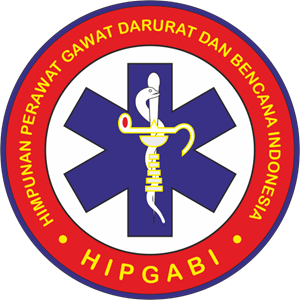Correlation of Physical Activity During The COVID-19 Pandemic to Blood Pressure of Nursing Students of STIKes Widyagama Husada Malang
Downloads
Introduction: The COVID-19 pandemic is limited to activities outside the home, focusing on online activities with academic and practical learning, which can cause changes in blood pressure, reducing physical activity for students. Lifestyle changes are a trigger for non-communicable diseases (PTM), one of the factors that trigger changes in blood pressure.
Methods: Observational analytic research design with a cross-sectional approach. The sampling technique used Stratified Random Sampling with 66 nursing students in semesters 2, 4, 6, and 8. Physical activity was measured using the International Physical Activity Questionnaire (IPAQ), and blood pressure measurement using an aneroid sphygmomanometer. Data analysis used the Kruskall-Wallis test.
Results: The majority were female, 68.2%, and had an average age of 20.97. 66.7% had no family history of the disease, and as many as 77.3% had no previous medical history. 56.1% had a normal Body Mass Index (BMI), and the majority, 81.8%, had no smoking behaviour. The majority, 54.5%, had moderate physical activity and normal blood pressure, with a mean of 111.08/79.89. The result of data analysis between physical activity and systolic blood pressure is p= 0.804, and for diastolic blood pressure, p= 0.961.
Conclusion: There is no significant correlation between physical activity during the COVID-19 pandemic and blood pressure in STIKES Widyagama HusadaMalang nursing students.
Copyright (c) 2023 Shintya Oftaviana, Ari Damayanti Wahyuningrum , Wira Daramatasia

This work is licensed under a Creative Commons Attribution 4.0 International License.
1. The journal allows the author to hold the copyright of the article without restrictions.
2. The journal allows the author(s) to retain publishing rights without restrictions.
3. The legal formal aspect of journal publication accessibility refers to Creative Commons Attribution (CC BY).

















